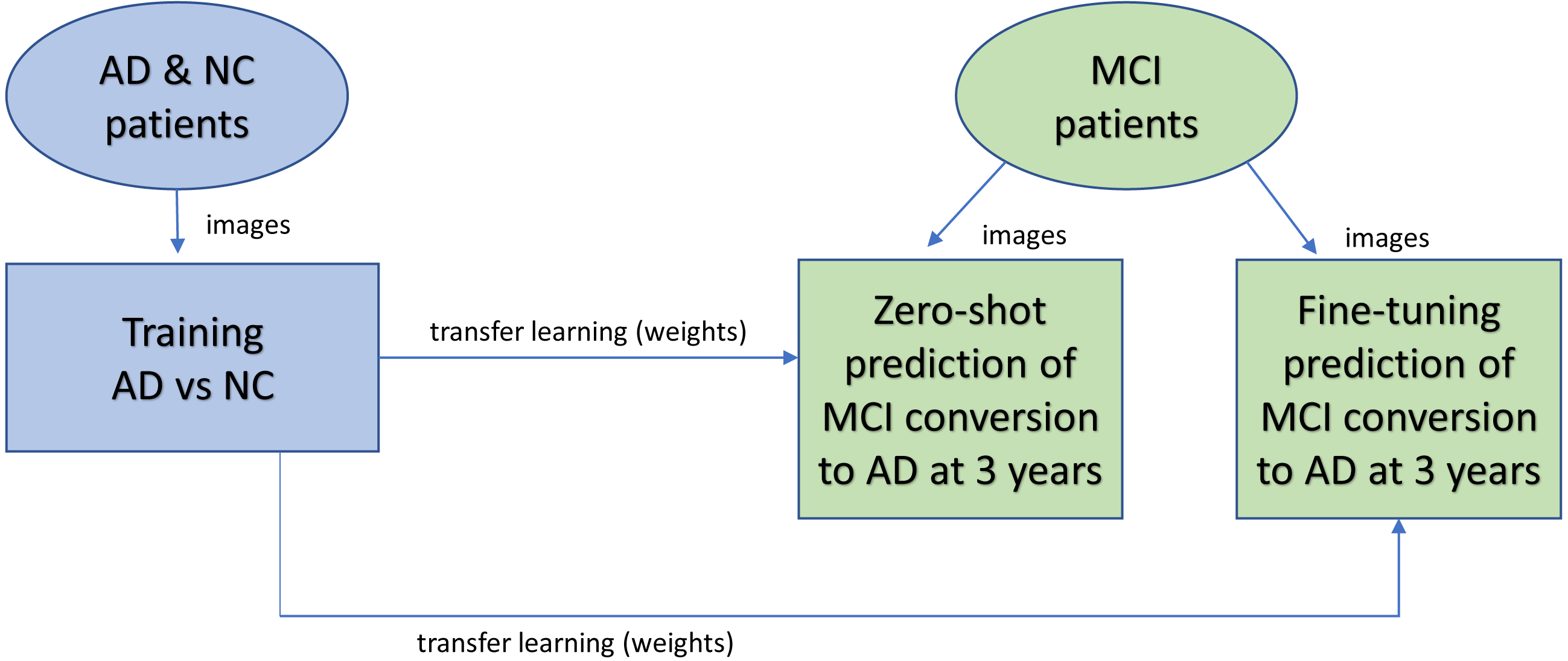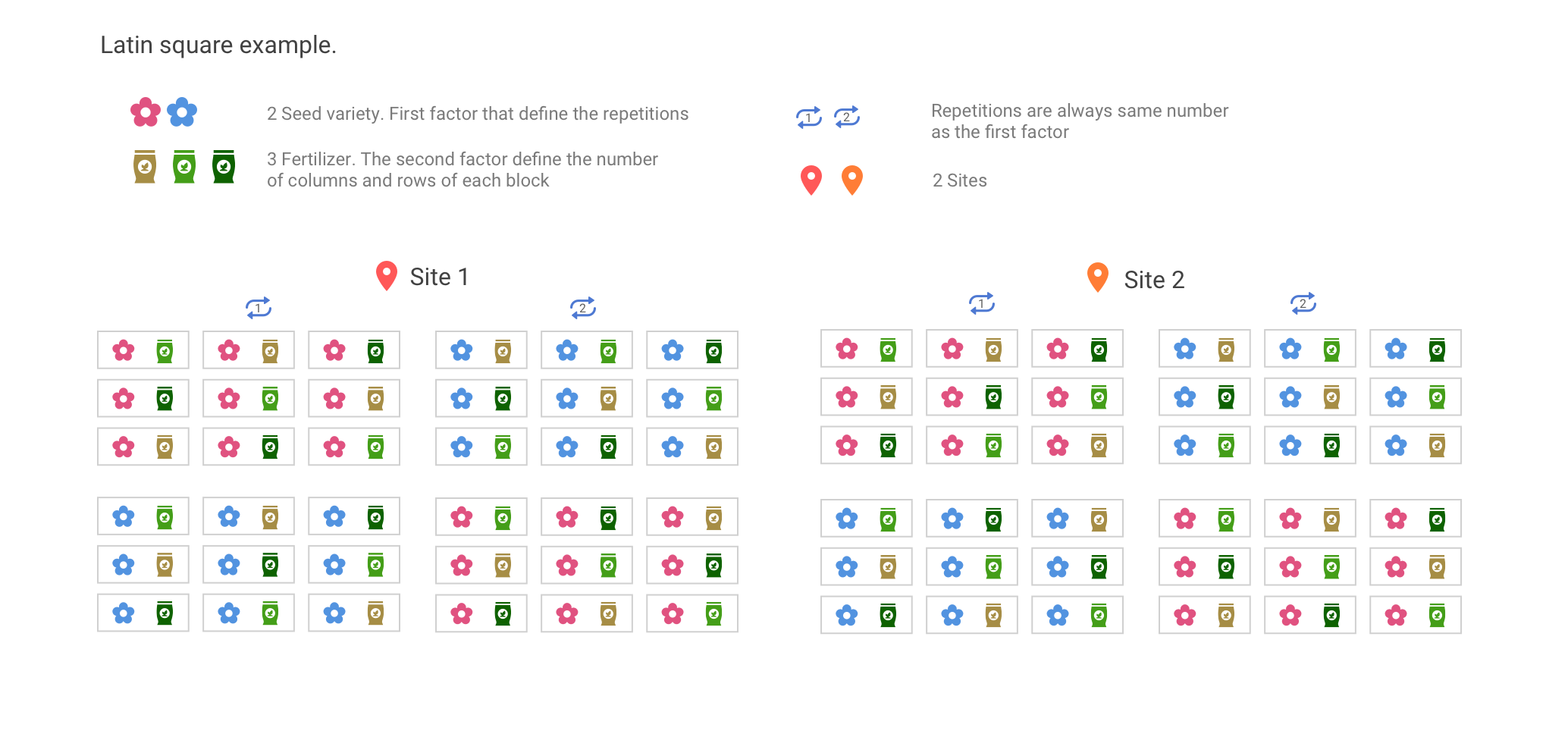Table Of Content

This design is often used in clinical trials involving new medications or treatments. For example, if early results show that a new drug has significant side effects, the trial can be stopped before more people are exposed to it. In traditional randomization, participants are allocated to different groups purely by chance. This is a pretty fair way to do things, but it can sometimes lead to unbalanced groups. Researchers lay out in advance what changes might be made and under what conditions, which helps keep everything scientific and above board. For instance, if a new drug is showing really promising results, the study might be adjusted to give more participants the new treatment instead of a placebo.
Simultaneous Within-Subjects Designs
However, they can be quite complicated to set up and require a deep understanding of both statistics and the subject matter at hand. Because they use existing data to inform the current experiment, often fewer resources are needed to reach a reliable conclusion. Next, let's dive into Bayesian Designs, the data detectives of the research universe. Named after Thomas Bayes, an 18th-century statistician and minister, this design doesn't just look at what's happening now; it also takes into account what's happened before.
Analyzes the Cause-Effect Relationship
In a Non-Experimental Design, researchers are like reporters gathering facts, but they don't interfere or change anything. These are big collections of meta-analyses that help doctors and policymakers figure out what treatments work best based on all the research that's been done. This design is great at proving that two (or more) things can be related.
Quantitative Research – Methods, Types and...
Within-subjects experiments also make it easier for participants to guess the hypothesis. Between-subjects experiments have the advantage of being conceptually simpler and requiring less testing time per participant. They also avoid carryover effects without the need for counterbalancing.
Controls Variables
Skinner were developing "behaviorism." They focused on studying things that they could directly observe and measure, like actions and reactions. You should anticipate and incorporate those limitations into your conclusion, as well as the basic research design. Include a statement in your manuscript about any perceived limitations, and how you considered them while designing your experiment and drawing the conclusion. The research problem statement must be clear and to do that, you must set the framework for the development of research questions that address the core problems.
Design and stability analysis of the gear-type mobile mechanism with a single actuator Scientific Reports - Nature.com
Design and stability analysis of the gear-type mobile mechanism with a single actuator Scientific Reports.
Posted: Mon, 22 Jan 2024 08:00:00 GMT [source]
Case Study – Methods, Examples and Guide
This design is particularly useful in health and social care research. For instance, if a hospital wants to implement a new hygiene protocol, it might start in one department, assess its impact, and then roll it out to other departments over time. This allows the hospital to adjust and refine the new protocol based on real-world data before it's fully implemented. Let's now focus on the Stepped Wedge Design, a thoughtful and cautious member of the experimental design family. In practical terms, this design is often seen in clinical trials for new drugs or therapies, but its principles are also applicable in fields like psychology, education, and social sciences.
An introduction to different types of study design
Or if one dose level is showing bad side effects, it might be dropped from the study. In an Adaptive Design, researchers can make changes to the study as it's happening, based on early results. In a traditional study, once you set your plan, you stick to it from start to finish.
STATISTICAL DESIGN VERSUS STATISTICAL ANALYSIS
Finally, the figure below will help you with your understanding of different types of study designs. The experimentation process can be long and time-consuming but highly rewarding as it provides valuable as well as both qualitative and quantitative data. It is a valuable part of research methods and gives insight into the subjects to let people make conscious decisions. Experimental research can be both qualitative and quantitative according to the nature of the study. Experimental research is quantitative when it provides numerical and provable data.

A good experimental design helps you ask the right questions (think critically), decide what to measure (come up with an idea), and figure out how to measure it (test it). It also helps you consider things that might mess up your results, like outside influences you hadn't thought of. An experimental research design helps researchers execute their research objectives with more clarity and transparency. To assess the effect of the organization on recall, a researcher randomly assigned student volunteers to two conditions. One member of each matched pair must be randomly assigned to the experimental group and the other to the control group. This website is using a security service to protect itself from online attacks.
There is a solution to the problem of order effects, however, that can be used in many situations. It is counterbalancing, which means testing different participants in different orders. The best method of counterbalancing is complete counterbalancing in which an equal number of participants complete each possible order of conditions. With three conditions, there would be six different orders (ABC, ACB, BAC, BCA, CAB, and CBA), so some participants would be tested in each of the six orders. With four conditions, there would be 24 different orders; with five conditions there would be 120 possible orders. With counterbalancing, participants are assigned to orders randomly, using the techniques we have already discussed.
In a between-subjects design, every participant experiences only one condition, and researchers assess group differences between participants in various conditions. The key difference between observational studies and experiments is that, done correctly, an observational study will never influence the responses or behaviours of participants. Experimental designs will have a treatment condition applied to at least a portion of participants. Within-subjects or repeated measures can also refer to an experimental design where an effect emerges over time, and individual responses are measured over time in order to measure this effect as it emerges. Imagine coordinating a four-way intersection with lots of cars coming from all directions—you've got to make sure everything runs smoothly, or you'll end up with a traffic jam.
Participants in all conditions have the same mean IQ, same socioeconomic status, same number of siblings, and so on—because they are the very same people. However, not all experiments can use a within-subjects design nor would it be desirable to do so. In this research design, one or more subjects or dependent variables are randomly assigned to different treatments (i.e. independent variables manipulated by the researcher) and the results are observed to conclude.
This is partly due to the common misconception that research is equivalent to scientific experiments—a component of experimental research design. It measures and observes the variables of interest without changing existing conditions. Many experiments are carried out in the laboratory, where control can be exerted on the extraneous variables, thereby eliminating them. Experimental designs are a set of procedures that you plan in order to examine the relationship between variables that interest you. How you manipulate the independent variable can affect the experiment’s external validity – that is, the extent to which the results can be generalised and applied to the broader world.
This experiment had a big impact on how cities think about crime prevention. Imagine you're playing a video game where you can choose different paths. If you take one path and find a treasure chest, you might decide to continue in that direction. Sequential Design operates in a similar fashion, allowing researchers to make decisions at different stages based on what they've learned so far.
Researchers now use super powerful software to help design their experiments and crunch the numbers. Around 350 BCE, people like Aristotle were trying to figure out how the world works, but they mostly just thought really hard about things. So while they were super smart, their methods weren't always the best for finding out the truth.














